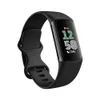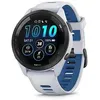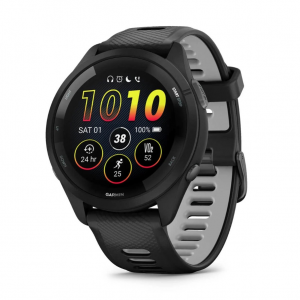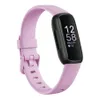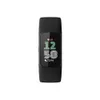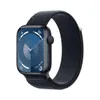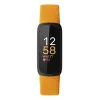I boosted my exercise recovery with heat and cold therapy — here’s what happened
What is heat and cold therapy and what can it do for the body?
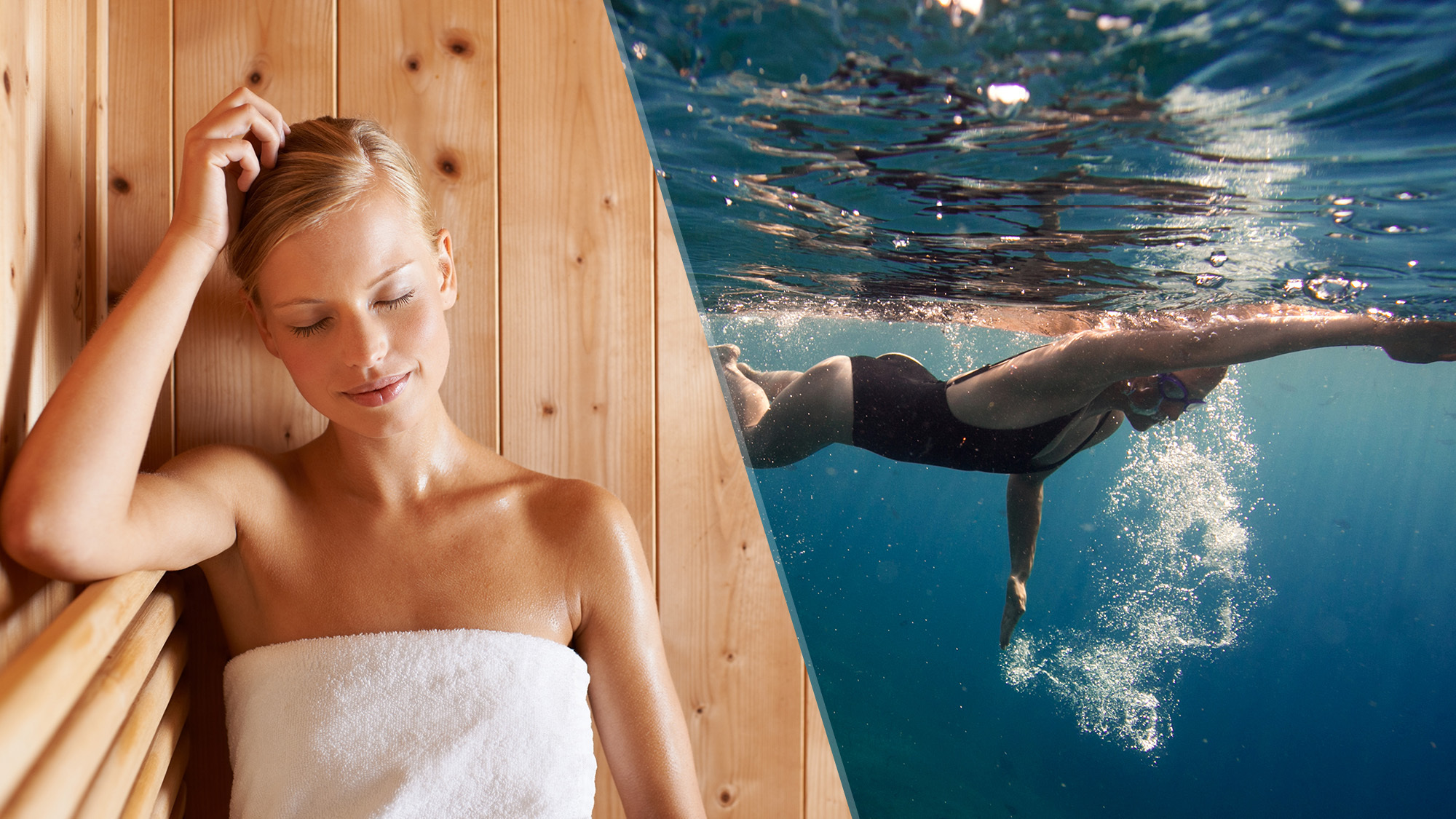
If you enjoy popping on a pair of the best swimming goggles and taking a dip in the sea and you also like relaxing in a sauna then why not marry the two together and experience the thrill of cold and heat therapy?
The practice of immersing your body in cold water and combining this with hot sauna sessions started as a staple part of Scandinavian swimming culture but now more and more people around the world are getting into the activity. Some are so hooked they are decking out their gardens with ice baths and sauna huts.
But why is it such a craze now? Well, the benefits seem pretty extensive when you look at recent research. One study published in the Cell Press journal found that regularly alternating cold water plunges or swims with hot sauna sessions may affect how the body's brown fat burns energy. Essentially, scientists believe that cold water and heat therapy could aid weight loss.
Additionally, another piece of research published in the Lifestyle Medicine journal revealed that cold water swimming in the sea can increase people's mood and well-being. Combine cold plunges with a sauna, which is great for promoting feelings of relaxation, and you would assume you are going to feel pretty good afterward, right?
I decided to put it to the test. Here's what happened.
I boosted my exercise recovery with heat and cold therapy — here’s what happened
While staying with a friend in Wales we took ourselves down to the beautiful Gower Peninsula in South West Wales where we spent an hour alternating from cold sea water swimming to sitting in a hot sauna.
Before getting into my personal experience with heat and cold therapy, it's important to note that this experience may not be suitable for everyone. While this activity can offer various benefits to individuals, it also comes with potential risks, particularly for those with underlying health concerns or who are pregnant. It's essential to approach cold water and hot sauna therapy with caution and to consult with a healthcare professional before trying it.
It helped me recover from muscle soreness
Excited to have a marathon training free few days, I made sure to fit all my miles and my gym sessions where I work on strength exercises for runners before the weekend arrived.
Sign up to get the BEST of Tom's Guide direct to your inbox.
Get instant access to breaking news, the hottest reviews, great deals and helpful tips.
I pushed it a little in a lower body strength session that week and as a result entered the weekend with some pretty notable Delayed Onset Muscle Soreness (DOMs). Every set of stairs or descent onto a chair was a not so friendly reminder.
Nonetheless, despite the long stretch of beach you had to walk down to reach the sea, my achy legs were quickly numbed as I waded into the choppy Welsh waters letting the icy 48 degrees Fahrenheit wrap around my body. Channeling my inner Whim Hof I tried to focus on my breathing as I acclimated to the cold temperature of the sea. After a brief dip, I headed for the blissful warmth of the sauna awaiting my arrival at the top of the beach. Sitting in the sauna, I immediately felt the circulation in my body working and an overall warming and relaxing sensation running through my muscles.
The next day, my muscle soreness from the previous week's exercise had calmed down and I felt less stiff and overall, more mobile again. Of course, this could have been a placebo effect. However, a study published in the PLoS One journal examining recovery strategies for athletes suggests that Contrast Water Therapy, involving alternating between cold and warm water immersion, outperforms passive recovery or rest in reducing muscle pain following exercise.
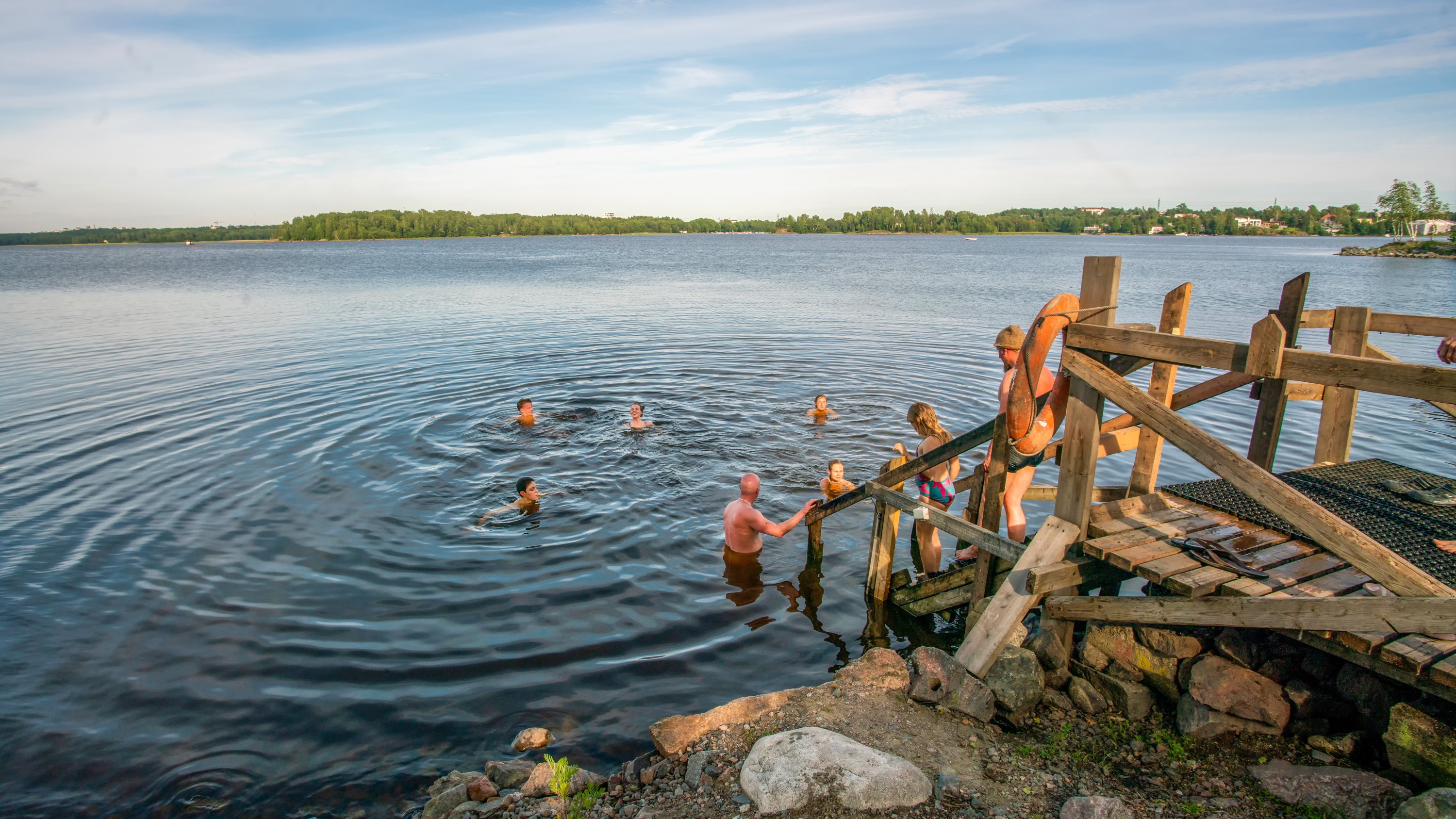
It was a different kind of rest
Many wouldn't see alternating between a cold sea and hot sauna as restful or relaxing but I found it to be a really helpful form of rest from my usual exercise regime and can see why science - like in the study mentioned above - has found cold and heat therapy to be beneficial for people.
If you exercise a lot and struggle to actually take your rest days then you might enjoy trying out something like hot and cold therapy. I get ants in my pants and cabin fever when I don't have some form of movement or activity in my day so 1) Being able to do something outdoors was a big plus for me and 2) I was pushing my body and mind in a totally different way than if I was to go for a run that I shouldn't be going on.
It was a mental and physical challenge
I have always been a lover of the sea, and this heightened over lockdown when I was living in Scotland and unable to travel to new destinations. My sister and I decided to make the most of the beaches on our doorstep and regularly went sea swimming. Due to my experience with cold water swimming, I went into trying out cold and heat therapy pretty confident.
That being said, whether it was the stormy conditions on the beach or the notably icy feeling of the sea on that cold February day, I struggled to keep myself in the water as long as I had hoped. Even though I knew the sauna was waiting for me, the cold still felt...cold.
The good news is once you have done one cold plunge and raised your body temperature again in the sauna, dipping into the cold for a second time is less of a challenge. The second time around, I felt like I wanted a total christening in the sea and went for a head dunk as I submerged my body into the waves again. Afterward, the feeling that ran through my body was unmatched and I felt like my mental resilience had increased.
Whether you are into endurance sports or pedaling through an intense HIIT session on one of the best exercise bikes, building mental and physical resilience can massively improve your performance and boost the confidence you have in yourself.
I boosted my exercise recovery with heat and cold therapy — verdict
I can see why the combination of cold water swimming with hot sauna sessions is embedded in Scandinavian swimming culture. It's a physical and mental challenge but one that leaves you feeling better for it. In my case, I particularly felt the benefit of it on my muscles post exercise and understand why some athletes swear by this method. Overall, I felt more energized and empowered.
More from Tom's Guide
- Here's what 30 minutes of swimming does to your body
- Running vs swimming: Which burns more calories?
- I tried the ice bath fitness trend for the first time — here’s what happened
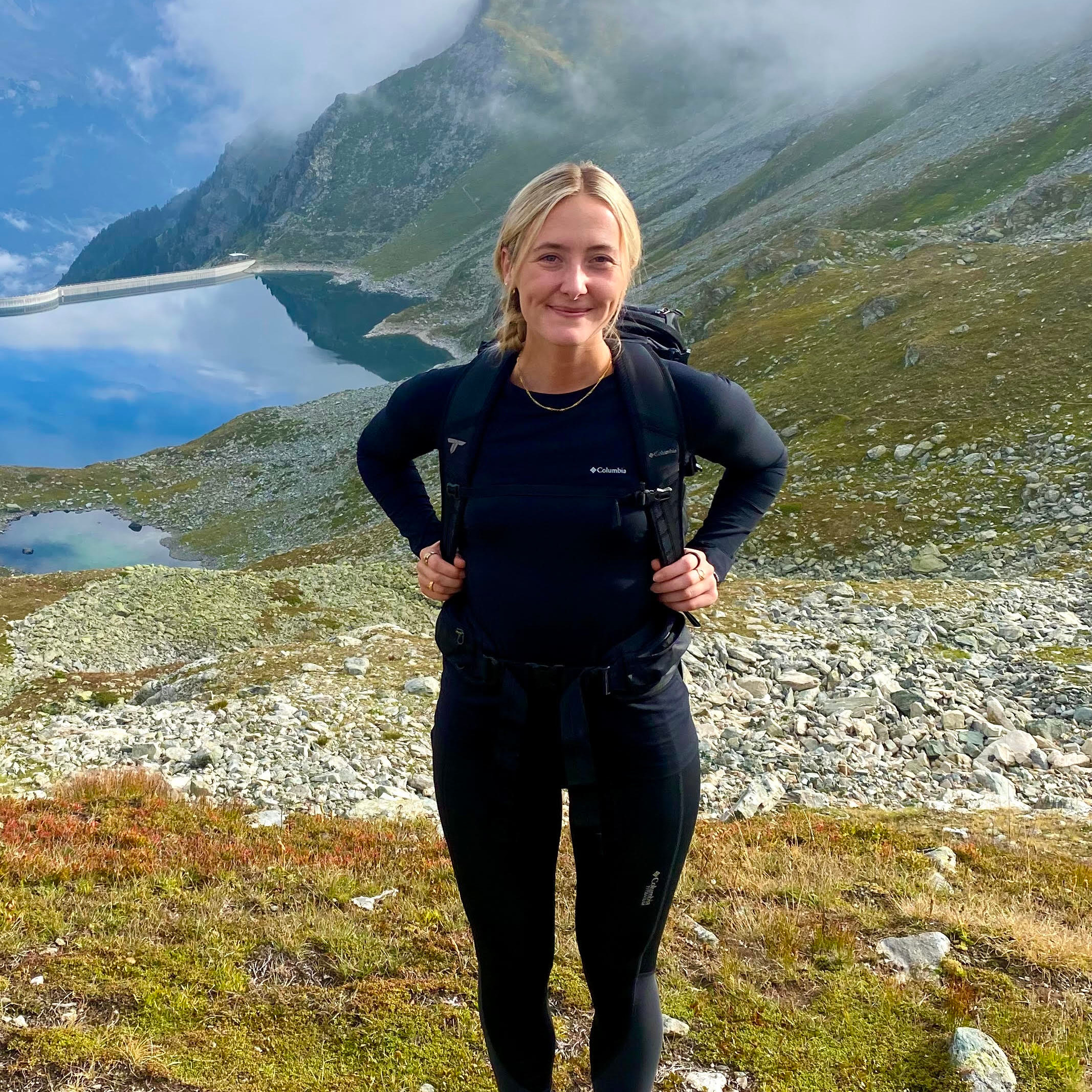
Jessica has been a fitness writer at Tom’s Guide since 2023, bringing three years of experience writing about health, fitness, and the great outdoors. Her passion for exercise began during her childhood, where she spent weekends hiking and competing in local athletics club events. After earning a master’s degree in journalism from Cardiff University, Jessica found the perfect way to combine her love of storytelling and fitness into a career.
Jessica is passionate about testing fitness gear and tech, using her reviews to help readers make informed buying decisions. She ran her first marathon in April 2024, finishing it in 3 hours and 48 minutes. Through her training, she’s developed a deep understanding of what it takes to grow as a runner, from effective workouts and recovery techniques to selecting the right gear for every challenge.
When she’s not at her desk, Jessica enjoys spending time in the kitchen crafting new recipes, braving cold water swims and hiking.
